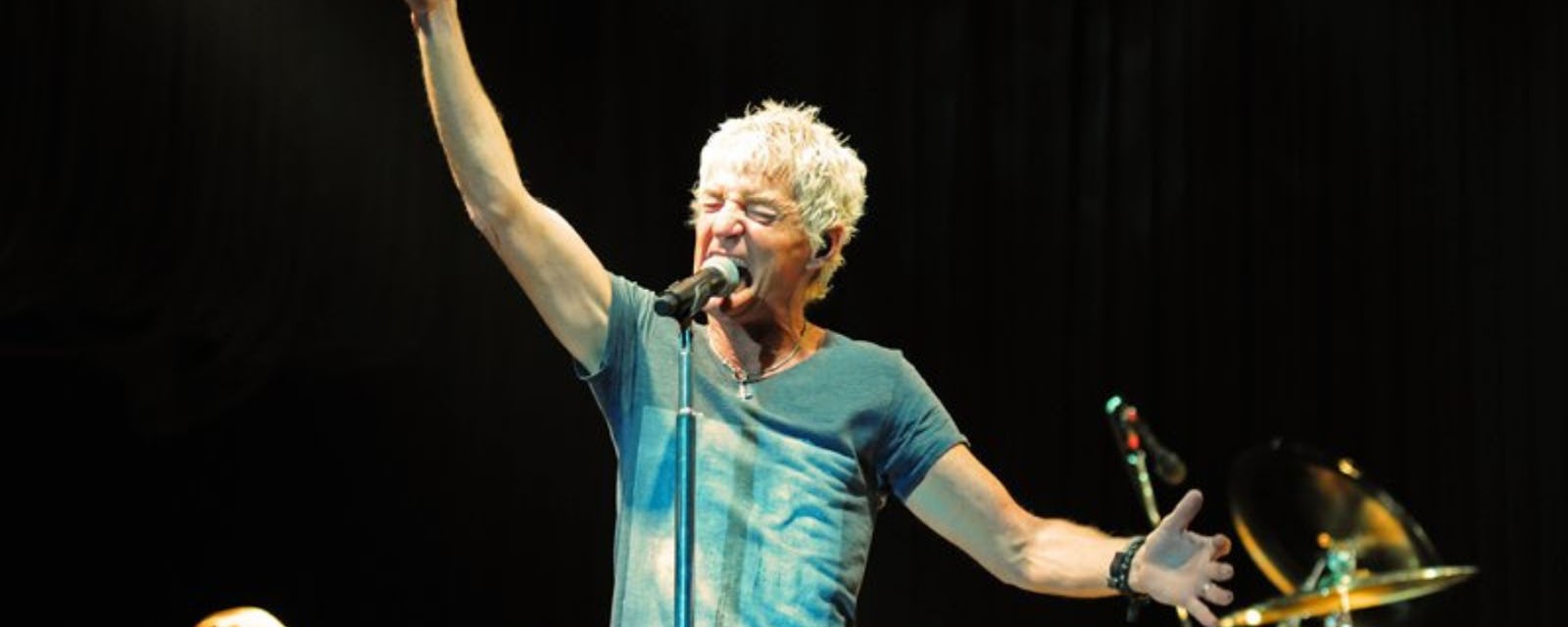
REO Speedwagon
HISTORY WITH BILLY BOB’S:
On January 30, 2004, REO Speedwagon made their debut and added their hands to our “Wall of Fame.”
ABOUT REO SPEEDWAGON:
Three bands were the undisputed arena rock kings of the early ’80s — Styx, Journey, and REO Speedwagon — yet all weren’t overnight success stories (in fact, each group began pursuing different musical styles originally — prog rock, fusion, and straight-ahead hard rock, respectively, before transforming slowly into chart-topping mainstream rockers). REO Speedwagon first formed in 1968 via a pair of University of Illinois students, keyboardist Neal Doughty and drummer Alan Gratzer. After graduation, the group signed on with then-unknown manager Irving Azoff (who would later guide the careers of such multi-platinum acts as the Eagles and Steely Dan), which led to the outfit building a devoted following in the Midwest due to nonstop touring. By the early ’70s, Doughty and Gratzer had welcomed aboard guitarist Gary Richrath, who would soon prove to be the group’s spark plug (and one of rock’s more underrated players), in addition to bassist Gregg Philbin and singer Terry Luttrell. This is the lineup featured on the quintet’s 1971 self-titled debut recording for Epic Records.
T.W.O.
The debut failed to break REO through to the mainstream, and the band’s future was thrust into uncertainty shortly thereafter when Luttrell left the group. Newcomer Kevin Cronin got the gig; he was a folksinger/guitarist beforehand, with little to no experience fronting a loud rock & roll outfit. The Cronin-led lineup appeared to be headed in the right direction though, judging from 1972’s R.E.O. T.W.O., but the other members grew impatient with their slow progress toward a commercial breakthrough, and gave Cronin his walking papers. Up next as REO’s frontman was Mike Murphy, whose debut with the band, 1974’s Ridin’ the Storm Out, was their first album to chart on Billboard and spawned a concert standard with the rocking title track. Murphy stayed onboard for a couple of more releases — 1974’s Lost in a Dream and 1975’s This Time We Mean It — but neither managed to push REO to the next level.
R.E.O.
Once more, a frontman change was required, and instead of searching for a fresh new face, REO welcomed back Cronin. The move paid off almost immediately, as REO found their niche by streamlining their sound and focusing on melodic rockers aimed at radio, as well as power ballads aimed at teenage girls’ hearts. Released in 1976, R.E.O. signaled the beginning of the veteran group’s winning streak, as both 1977’s Live: You Get What You Play For and 1978’s You Can Tune a Piano, But You Can’t Tuna Fish were REO’s first to earn gold and platinum certification. Another live album, Live Again, was also issued in 1978, followed up a year later by another gold-certified hit, Nine Lives. Although REO were slowly inching their way to big-time success, no one (not even the band) could have predicted the massive hit that their next album turned out to be, Hi Infidelity. Issued at the tail end of 1980, it became one of 1981’s biggest albums — spawning one of the best-known power ballads of all time, “Keep on Loving You,” as well as such popular rock radio hits as “Don’t Let Him Go” and “Take It on the Run.” Hi Infidelity would eventually go on to sell more than nine million copies — catapulting REO to arena-headlining status.
Good Trouble
REO Speedwagon continued to score further hit albums (1982’s Good Trouble, 1984’s Wheels Are Turnin’) and singles (“Keep the Fire Burnin’,” the number one hit power ballad “Can’t Fight This Feeling,” etc.), but the hits dried up shortly thereafter. Issued in 1987, Life as We Know It managed to go gold, but their fans’ sudden disinterest coupled with turmoil between certain bandmembers led to the exit of both Richrath and Gratzer by the end of the decade. REO opted to soldier on, however, with replacement members Dave Amato (ex-Ted Nugent, guitar) and Bryan Hitt (ex-Wang Chung, drums) in tow, as their 14-track 1988 compilation The Hits proved to be a steady seller over the years. Further underappreciated studio releases followed, such as 1990’s The Earth, a Small Man, His Dog and a Chicken and 1996’s Building the Bridge. With interest at an all-time low, REO were set to pack it up for good until a sudden wave of renewed interest in classic rock bands of yesteryear began to sweep the U.S. during the late ’90s, resulting in REO launching successful co-headlining tours alongside such acts as Styx, Fleetwood Mac, Pat Benatar, Foreigner, Peter Frampton, Journey, Lynyrd Skynyrd, and Bad Company, among others.
The Second Decade of Rock and Roll, 1981-1991
The ’90s saw the emergence of countless REO compilations, including such titles as The Second Decade of Rock n’ Roll: 1981 to 1991, Only the Strong Survive, The Ballads, and a specially priced three-disc set of Live: You Get What You Play For, You Can Tune a Piano, But You Can’t Tuna Fish, and Hi Infidelity. Additionally, further in-concert releases cropped up — Live: Plus, Extended Versions, and a 2001 live set, Arch Allies: Live at Riverport, split 50/50 between REO and touring mates Styx. In a 2001 episode of VH1’s Behind the Music series that focused on REO Speedwagon, Cronin and Richrath cleared up any misconceptions of ill will existing between either camp and voiced approval of a possible reunion in the future.
Find Your Own Way Home
When REO returned to the studio later in the 2000s, however, it was without Richrath. Find Your Own Way Home, the band’s first studio album of new songs in more than ten years, featured Cronin along with founding member Neal Doughty on keyboards, longtime bassist Bruce Hall, and ’80s additions Amato and Hitt. This lineup also released an unabashed record of Christmas songs in 2009, titled Not So Silent Night. Richrath died in September 2015 at the age of 65. REO Speedwagon continued to tour in the back half of the 2010s, often teaming up on bills featuring Styx and Chicago. Hi Infidelity received a diamond certification from the RIAA in 2017.
Debut Date
January 30th, 2004
# of Appearances
6





